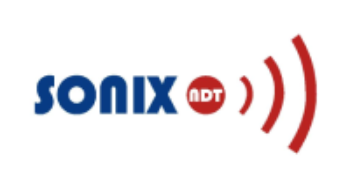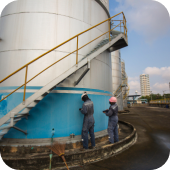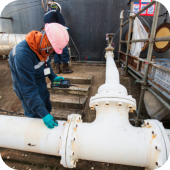

Sonix NDT
Sonix NDT specialises in non-destructive evaluations (NDT – Non-destructive testing) and on-site abrasive blasting and coating. Sonix NDT uses an extensive range of modern techniques and procedures applicable to your industry sector to help you achieve total plant integrity.
Overview
SONIX NDT is an Australian and independently owned and managed company providing Non-Destructive Testing solutions, inspection and consultancy services both in-house and on-site to all industry sectors.
Sonix NDT specialises in non-destructive evaluations (NDT – Non-destructive testing) and on-site abrasive blasting and coating. Sonix NDT uses an extensive range of modern techniques and procedures applicable to your industry sector to help you achieve total plant integrity.
Sonix NDT is one of Australia’s leading NDT providers that carries out a wide range of conventional and advanced non-destructive testing, inspection and asset integrity services.
Products
Services
Ads












